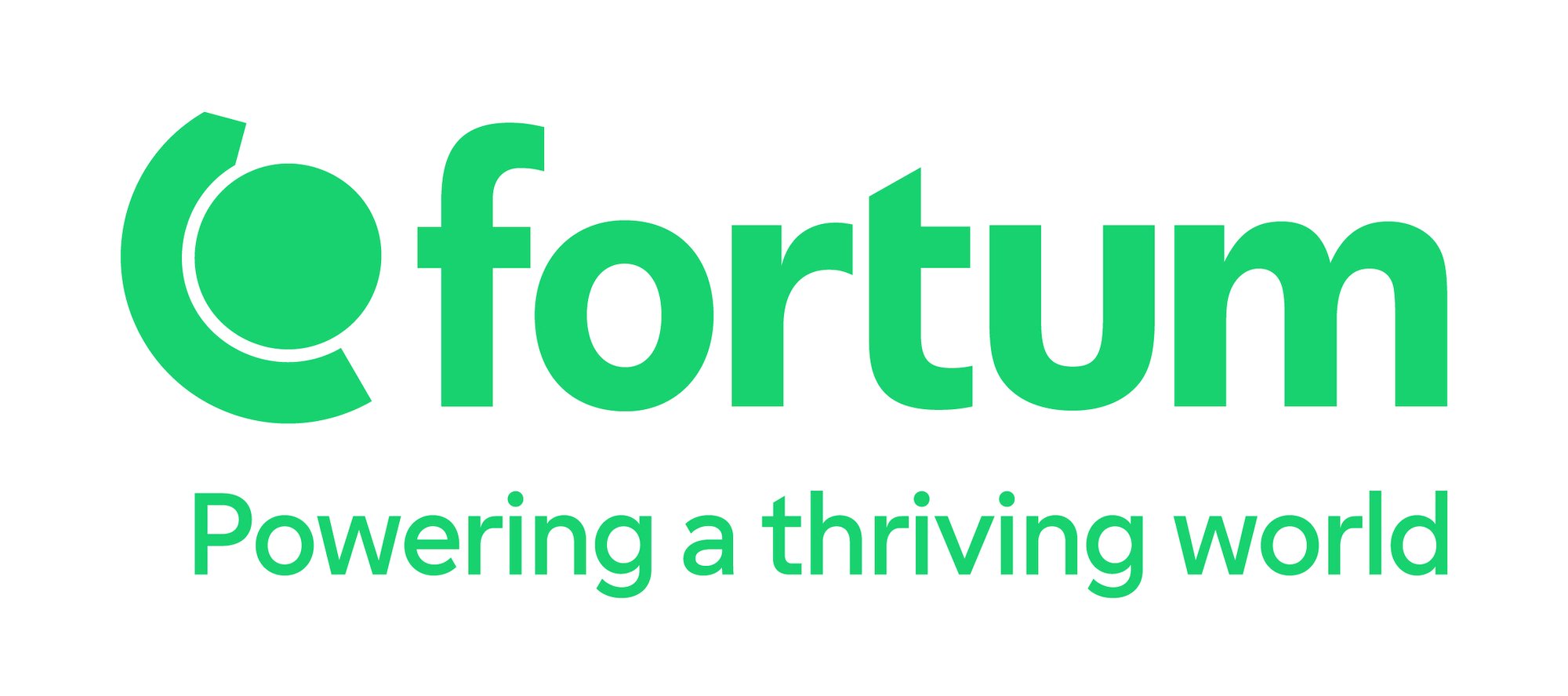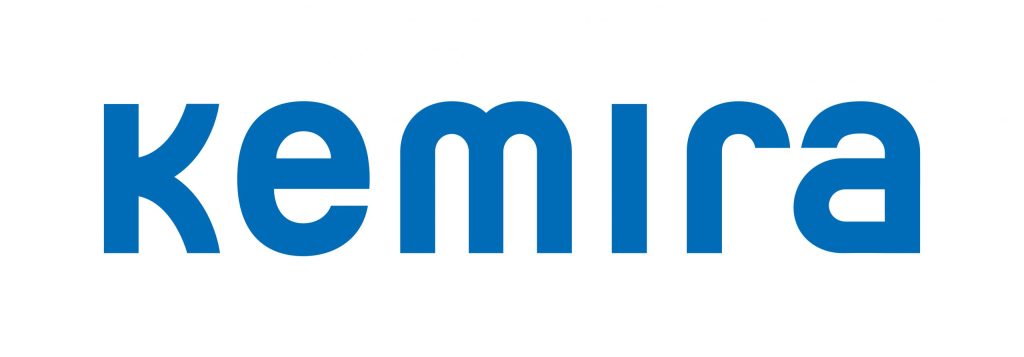Klinkmann Group is Now
Klinkmann Oy is Information Management and Networking - AVEVA, Belden and more
Klinkmann Automation Oy is Industrial Automation and Connection - Rockwell Automation, nVent and more
Finn Electric Oy is Power, Protection and Smart Energy - CHINT, Dehn, Imefy and more
We will help your journey with better solutions and faster projects.
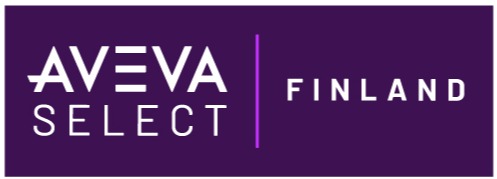



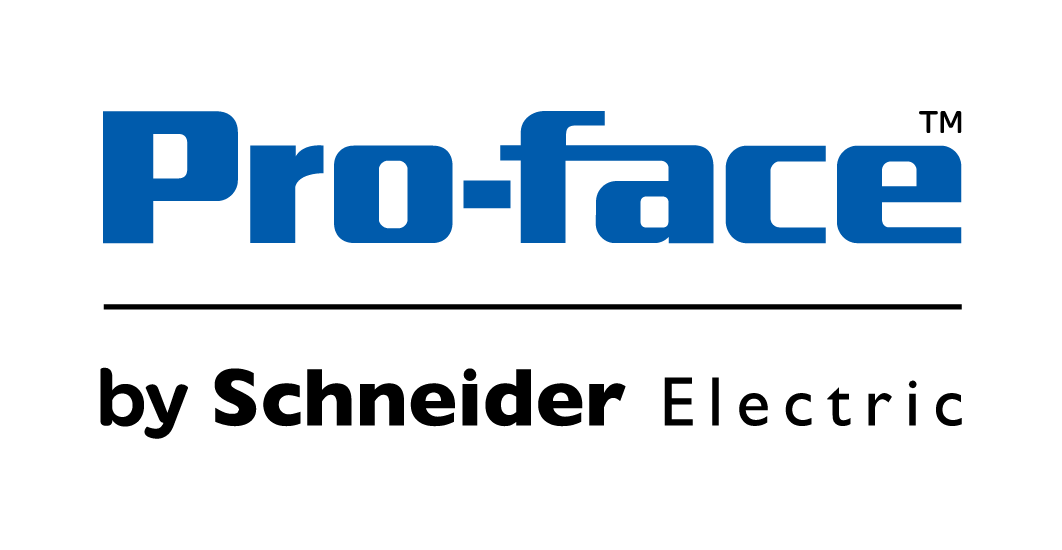
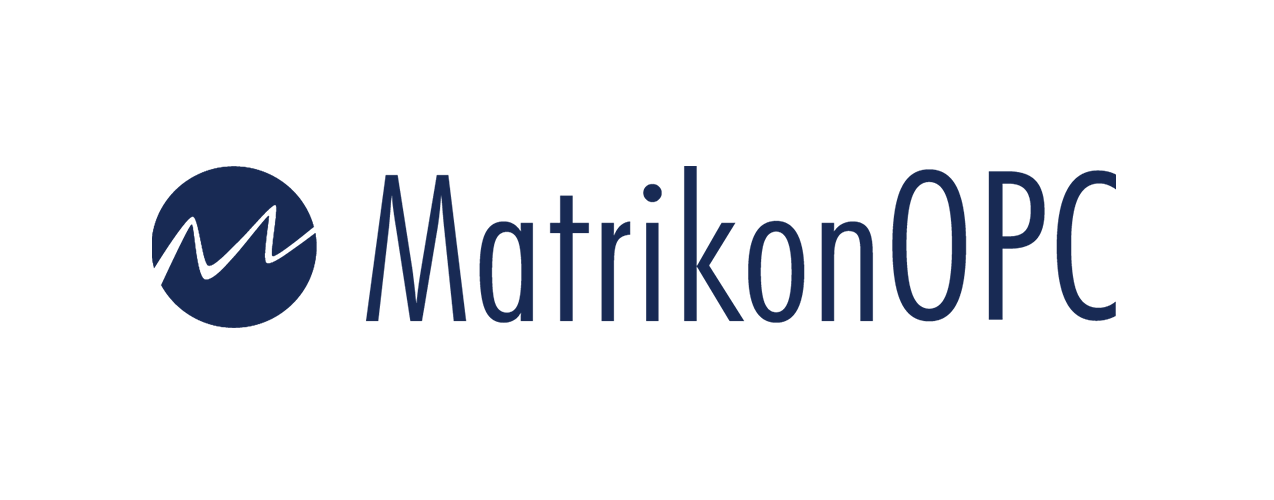

Klinkmann Oy - Information Management and Networking
Klinkmann offers agile, industry specific software, IoT solutions as well as industrial networking and cyber security. We supply open information management platforms secure solutions for enhanced collaboration, both on-site and in the cloud.
Klinkmann's data networking solutions boost uptime and ensure network reliability, security, and confidentiality. Our data and information management solutions address the unique challenges of industrial environments – you can start with a limited PoC and scale the platform to your full application.
Solutions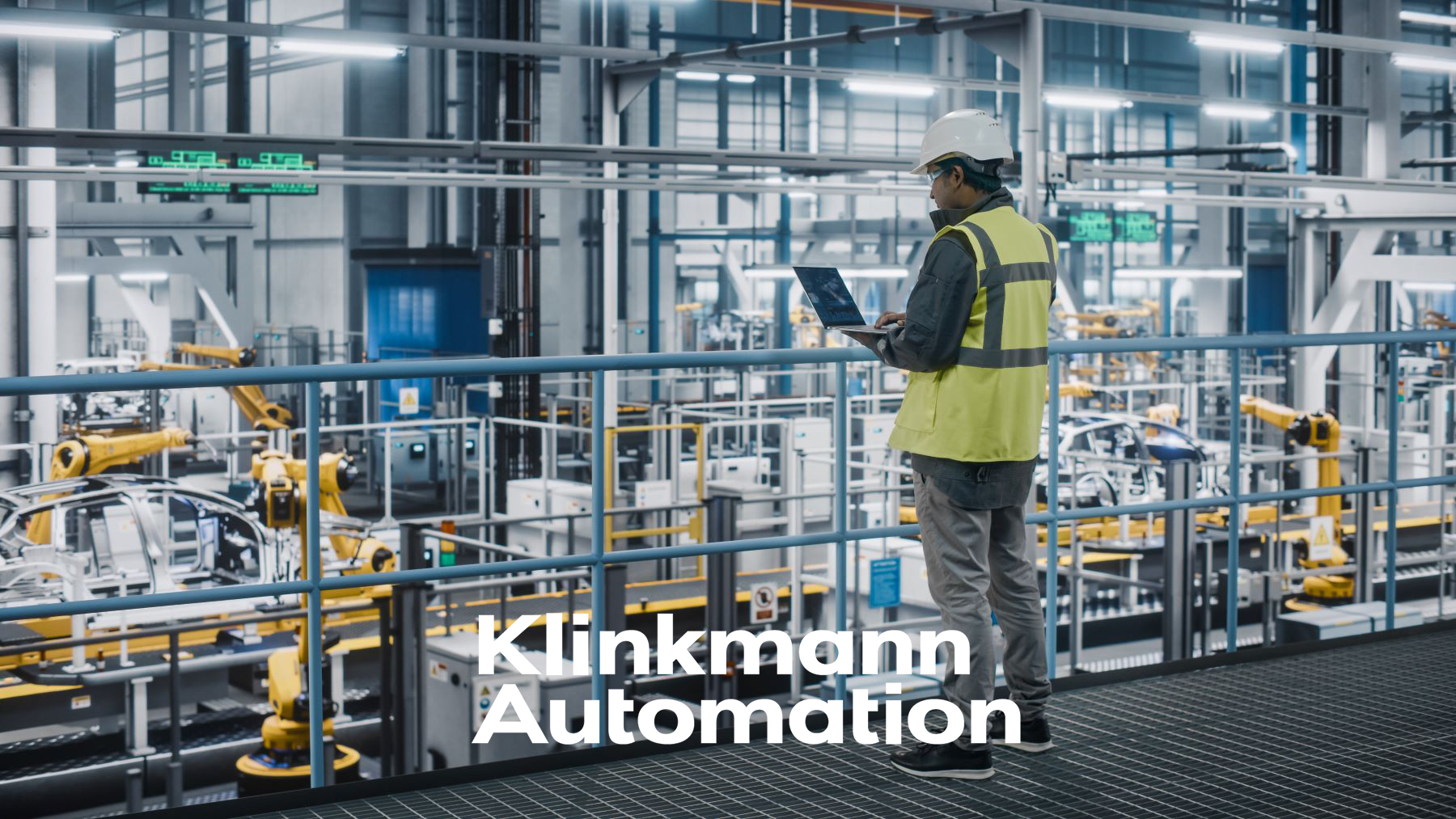
Klinkmann Automation Oy - Industrial Automation and Connection
Klinkmann Automation offers scalable, smart machine and smart manufacturing solutions, including a wide machine safety portfolio for industries. Our long experience in machine controls and industrial operations secure fast projects with optimal engineering work and maintenance costs.
Klinkmann Automation consults and supports in UL certified as well as TÜV machine safety solutions.
Our enclosure systems protect electronic controls and critical installations in various sectors.
Solutions
Finn Electric Oy - Power, Protection and Smart Energy
Finn Electric provides power and protection components for electrical panels as well as smart energy solutions for building, industries, utilities and manufacturers.
We offer a wide range of MV and HV transformers and MV switch gears focusing on electricity distribution, e-mobility, renewables, and critical infrastructures.
Our overvoltage protection solutions secure against lightning and surge voltages and our safety equipment secure safe installation work.
SolutionsExplore Our Success Stories
Enefit Green – over 70 renewable energy sites in one AVEVA platform and information management
Read moreFortum – AVEVA manages hydro power stations with central remote monitoring and reporting
Read moreValmet Automotive – car production with AVEVA MES production platform for over 20 years
Read more
Success-Focused for customers
Our mission is to help our customers to succeed in business. We support you in your digital transformation journey – to make faster projects with optimal budgets. Our long experience and extensive application reference base help you get the most from your technology investment and secure optimal solutions fast.

Knowledge, Support and Co-design
We are there for you. Our expert guidance and services provide valuable training and co-design assistance for solving your technical challenges and to improve performance – to make engineering and project work faster and solutions meeting the agreed budgets. We can help identify and fix issues before they occur.

Local Partner, Global Reach
We help our customers to choose the right solution for their needs, across the entire industrial lifecycle. As a part of the global network of market leading manufacturers, we have access to the broadest industrial solutions available today with global maintenance and services.

Smarter, Cost-Effective Logistics
We have organized efficient transportation and a large automated central warehouse of goods for you. Our professional procurement with our vendors and automated processes translate to faster delivery, lower costs and increased efficiency. We keep the product available for your production.
Some of our valued customers
Our concepts secure fast and reliable solutions

